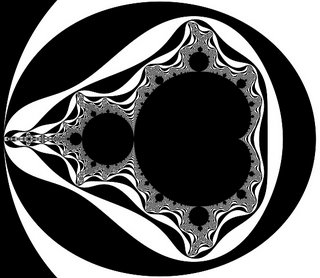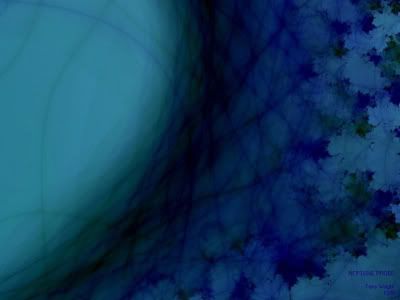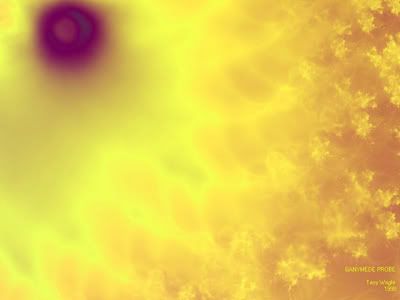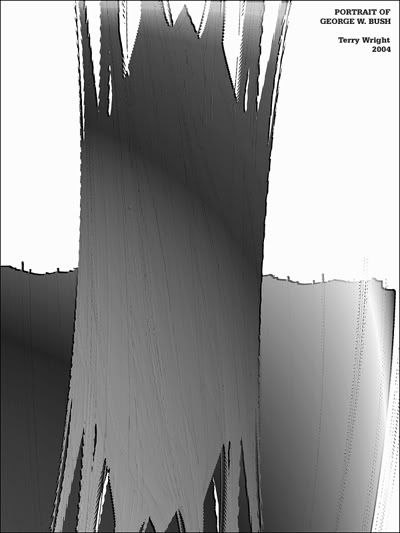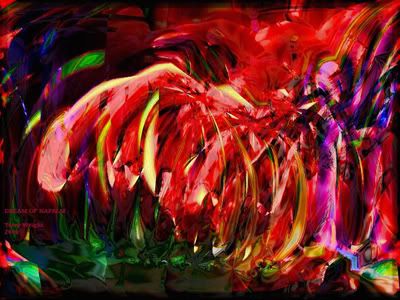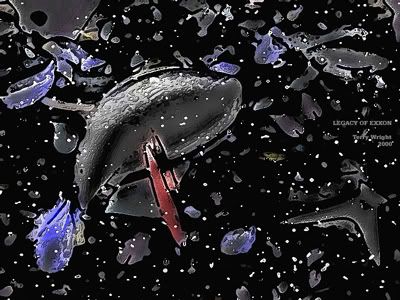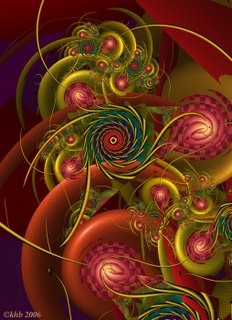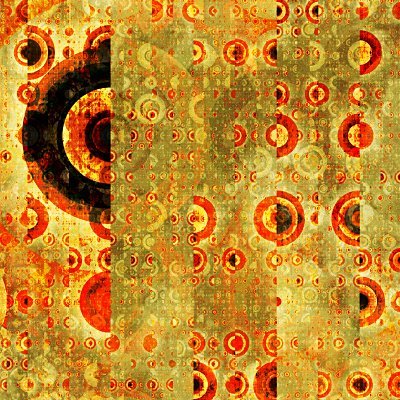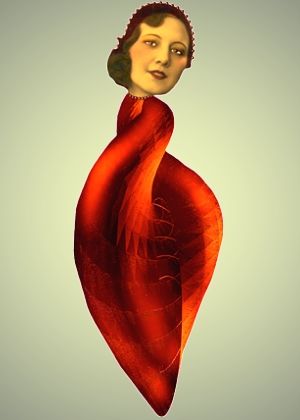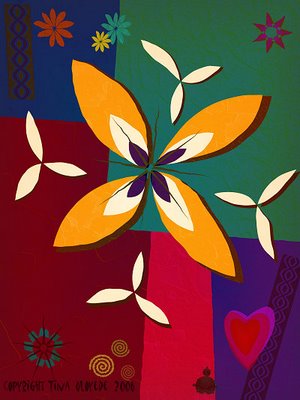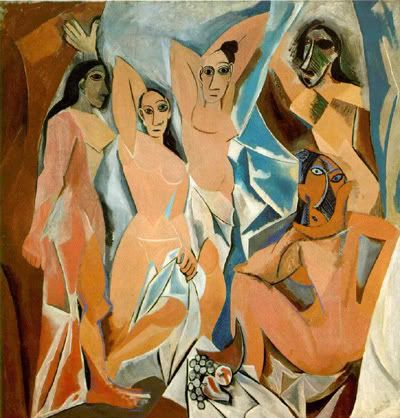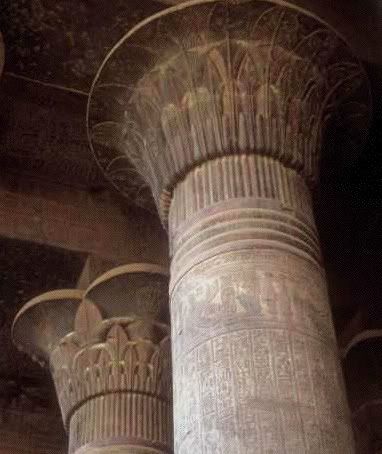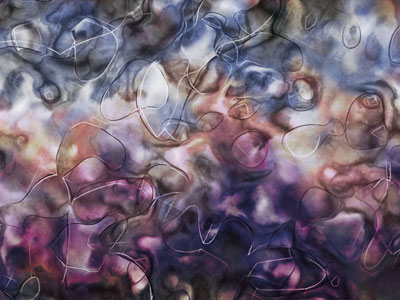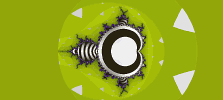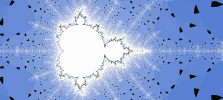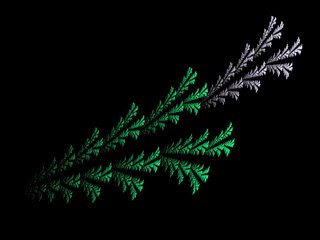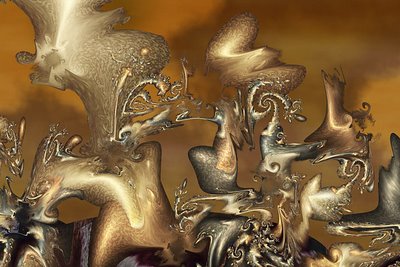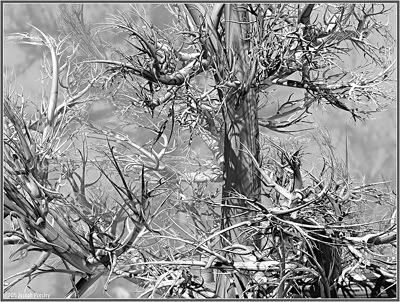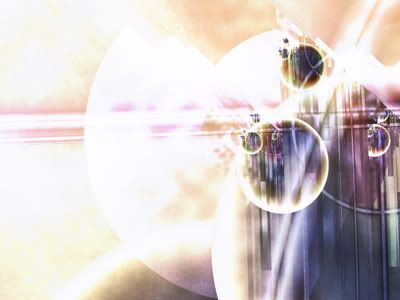Fractals that No One Wants to See
It is a widely accepted notion among painters that it does not matter what one paints as long as it is well painted.
This is the essence of academicism.
There is no such thing as good painting about nothing.
-Mark Rothko
Very seldom do we find that algorithmic artists have an eye on reality. In fact, most artists of our medium are very reluctant to abandon the vain belief that "beauty" is the only goal achievable by art. But how do we work exclusively for "beauty" in the context of political violence, terrorism and childhood trauma? How can the beautiful-only forms be made visually appealing in these times of sexual vulgarization and AIDS? It's clear isn't it, that art isn't rolling over an empty and free road of pure beauty anymore, but instead, a major issue among artists now is how to reconstitute beauty in a contemporary context of fear and social deception?
I strongly believe that fractals are a useful tool for making the hidden, visible, but I also consider them a valid medium for arousing deep emotions in individuals as well as a medium to give expression to people's feelings about their world.
Why such a reluctance about "non-beauty?" Why are these not so beautiful forms the sort of forms not yet explored by algorithimic artists? For sure I'm not demanding the idea that people do not, or should not, fractalize "beautiful things" anymore. But we should remember that what sets art apart from the ordinary "lovely" forms of expression is its aesthetic dimension, which signifies its concern with means, not only as pure means, but essentialy its concern on the "persuasive finality" of its means.
I should stop using my own words. Let me take a few sentences from a very well known abstract expressionist artist who was also a founding member of the New York School in the 50's: Mark Rothko! He wrote:
"I am not an abstractionist. I am not interested in relationships of color or form or anything else… I am interested only in expressing the basic human emotions - tragedy, ecstasy, doom, and so on - and the fact that lots of people break down and cry when confronted with my pictures shows that I communicate with those basic human emotions. The people who weep before my pictures are having the same religious experience I had when I painted them. And if you, as you say, are moved only by their color relationships, then you miss the point!"
Observation: knowing that Rothko had his roots in the Jewish culture of Eastern Europe (Russia), we can understand his remark of "religious experience" linked to the essential themes of mankind, such as: horror in tragedy; illumination in ecstasy; exaltation on knowing the sublime; and the pain of living in deception.
Rothko supposes an inherent "ability" of abstract images to confront the viewer with the fundamental drama of what Rothko generically calls "basic human emotions".
The assertion that algorithmic art has "new things" to say is too flimsy a response to the problems that we are facing today, when there are no reasons anymore for art as entertainment or decoration, or as the expression of feelings or any other use like... like for instance, using Mozart's music to help dairy cows produce more milk!
Art is much more than entertainment, decoration or to just produce trivial human wows! or, to paraphrase James Joyce: making satisfied moo-cows!
I believe that algorithmic art must now engage in activities that have been "not appropriate" for the medium until now, during those times when it was still trying to find its own aesthetic. But now algorithimic art is finally ready to serve "non-artistic" purposes.
It's not a problem, of course, if some prefer to continue on creating purely aesthetic and visually intriguing objects. There is nothing wrong in doing that, although doing so does not constitute the same "heroic" accomplishment that it once did when algorithimic artists were struggling to break away, and give birth to a new medium. That was the challenge of the last 20 years. But now those early steps belong to history.
When I started with UF no more than 4 years ago, (which makes me a "junior" in this medium), I coined the expression "fractals with dirty hands" to mean my desire to relate them to reality. My first work with fractals I gave a name like "Rotten Spiral!" Since then I very seldom make spirals. I must also confess that very seldom did the swirl of spirals attract me. Unless I could untwist them!
My first "serious" works I did around 2004 with themes like dirty water, oil spills and hospital garbage. I put them all under the name of "Vala Negra", a Brazilian expression referring to places in the slums of my city, Rio de Janeiro, where garbage is thrown. Dirty and stinking, such "valas" are.
But more unexplored areas can be found by utilizing the means of this medium in both the creation and dissemination of insight and knowledge. For me, this is when the expression of "political art" comes to mind, to reveal repressive social structures and attitudes.
An objection to this kind of work has often been the old saw: "Art isn't propaganda!" It is true that many of Goya's or Picasso's anti-war paintings aren't art in the sense of pure beauty, but so what? Art had to develop its aesthetic potential fully, and to be clear about it, artists had to go to aesthetic extremes. Even going to the extreme of declaring the end of beauty!
In this sense I would like to add my understanding of Terry Wright's "Portrait of George W. Bush". Not pretending to be a piece of representational complacency or at least a political curiosity (as we expect from a political cartoon), the "Portrait" shows us the "king naked" in its intrinsic dissection of such a powerful personality.
If we think of it like an image of a person, what we see is a sharpened geometrical form, opaque, cold, dull and "nakedly" impenetrable, against a kind of "belt" or wall in the background. The proposition is a clear understanding that we could not safely turn away from the presence of the image and go on to contemplate something else beautiful around us or something else sweet inside us. We do not expect to get near the image for a subtle detail or step back to "appreciate" it. There are no such "possibilities" to please our vision. Mainly, we are scared to death of it's ugliness! And there remains the harsh feeling that we are "alone" before it.
Not being fully fractal academic art, what kind of art is the "Portrait of George W. Bush"? I face the risk of declaring it a "non-artistic visual object". At this extreme it isn't art at all, in the same sense John Cage's music, who had introduced ordinary noises into compositions and thereby denied the privileged status of sounds produced by artistic instruments.
Like Cage's sentence that "beauty is now underfoot wherever we take the trouble to look", I applied to Terry's work a George Maciunas's (the main theoretician of Fluxus, neo-Dada movement), declaration: "There was no need for art. We had merely to learn to take an 'art attitude.' If people could learn to take the 'art attitude' toward all everyday phenomena, artists could stop making art works".
If we think like that (at least I do think like that), the "attitude" is what counts with the "Portrait of George W. Bush". When the construction of an image goes a step away from art towards a "new art attitude", which I believe is mainly a political attitude, then we discover that the essential function of art is not only the production and composition of such things as lines, colors and textures. Instead, there is no reason why one could not intensively contemplate these very same things in ordinary objects like in the decomposition of wood, melted butter, garbage, spilled oil or blood in a murder - all such things that could become possible objects of aesthetical consideration.
With that understanding we easily agree that artistic objects are being dissolved into everything else, because they become no different from anything else except that they are more deliberately created than other objects. In this sense art is no longer belonging to a certain class of objects, but it belongs now to a "way of seeing" the objects. In this very sense we come to the point of admiting that "artistic objects" no longer have any function - and so the viewer is not a consumer but instead, is "a mind"! And that means the world is no longer seen as a land for utilitarian consumption!
After those "compromises" with ordinary things we learn that as much can be written about ordinary objects (where the beautiful objects are included), as about "authentic and good" artwork. It's now the perception and "attitude" that counts, not the inherent qualities of the object. In this sense I use to write "erasable" in the parameters of some of my fractals, instead of calling for "tweaks". At least the viewer has a better option, don't they? So, for me even the contemplation of the object as an "artistic" work is not important anymore.
